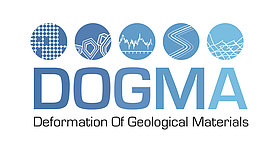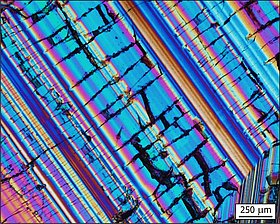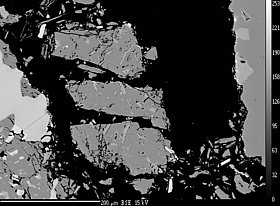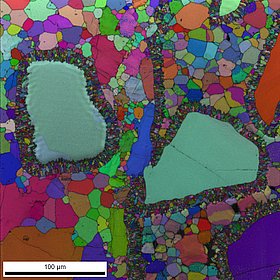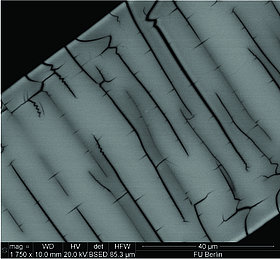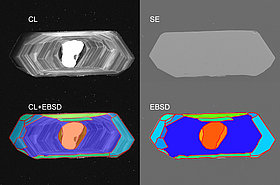Doctoral School: Deformation of geological materials: Mechanical-chemical feedback and the coupling across scales
Bernhard GRASEMANN, Univ.-Prof. Mag. Dr.
Urs KLÖTZLI, Ao. Univ.-Prof. Dr.
Preamble
The geodynamic evolution of the Earth is controlled by internally and externally driven processes. Most of these processes are associated with deformation and chemical reactions, which affect minerals, rocks, fluids, and melts constituting the Earth. Recent advances in experimentation, instrumental analysis and numerical modeling have opened new perspectives for a comprehensive and quantitative approach in geological research. In this doctoral school research is focused on the materials aspects of rock deformation and its interplay with mineral reactions. We study rock deformation using natural examples and experiment combined with state of the art instrumental micro-chemical, micro-structural and textural analysis, and numerical modeling. This multidisciplinary research aims at developing reliable predictive capacity in geological modeling by identifying and parametrizing the feedback mechanisms between chemical reactions and deformation. We intimately combine scientific research and education. The research topic provides a wealth of demanding and challenging problems with multiple implications for applied research. Working on a common topic in a multi-methodological approach, the participating doctoral collegiates are in the position to develop this focus area further and integrate their expertise in internationally coordinated research initiatives.
This research initiative is hosted at University of Vienna offering 10 PhD positions funded for three years. It integrates infrastructure and expertise from the Department of Lithospheric Research, the Department of Geodynamics and Sedimentology and from the Institute of Mineralogy and Crystallography. Collegiates have access to state of the art instrumental analysis including electron and ion beam micro-analytical devices, TIMS, LA-ICP-MS, SIMS (U, Th, Pb, Hf, O isotope systematics, single crystal and powder X-ray diffraction, as well as spectroscopic devices. Short courses on topics relevant to the research focus are held at regular intervals by in house scientists as well as by guest lecturers. Collegiates are encouraged to spend part of their time at cooperating institutions such as ETH-Zürich, Deutsches GeoForschungsZentrum, and Center of Excellence on Physics of Geological Processes at University of Oslo.
The research projects are grouped into three broad topical fields.
Topical Field I Localization of deformation, chemo - mechanical feedback
Topical Field II Reaction induced stress deformation
Topical Field III Deformation assisted re - equilibration phenomena
Picture 1: Optical micrograph (cross-polarised light) of a thin section of a zircon sample from SriLanka, showing strong primary growth zoning in. The depletion of the interference colours correlates with the actinide concentrations. Note the strong fracturing of less radiation-damaged zones. Sample courtesy R.C. Ewing (Ann Arbor, Michigan); photo L. Nasdala.
Picture 2: Feldspar clast fracturing within a deformation band.
Picture 3: Numerical model of stress distribution around fractures in a shrinking solid (image by curtesy A. Malthe-Sorenssen).
Picture 4: Crystal orientation map of reactive (shrinking) particles: olivine in quartz matrix (left) and quartz in olivine matrix (right), Experiment done at 900°C and 1 GPa (image by curtesy R. Milke).
Picture 5: Chemically induced fracturing in Sanidine during Na+/K+ exchange between Sanidine and NaCl-KCl salt melt. (image by curtesy Gregor Neusser).
     |
Dr.-Karl-Lueger-Ring 1
1010 Vienna

